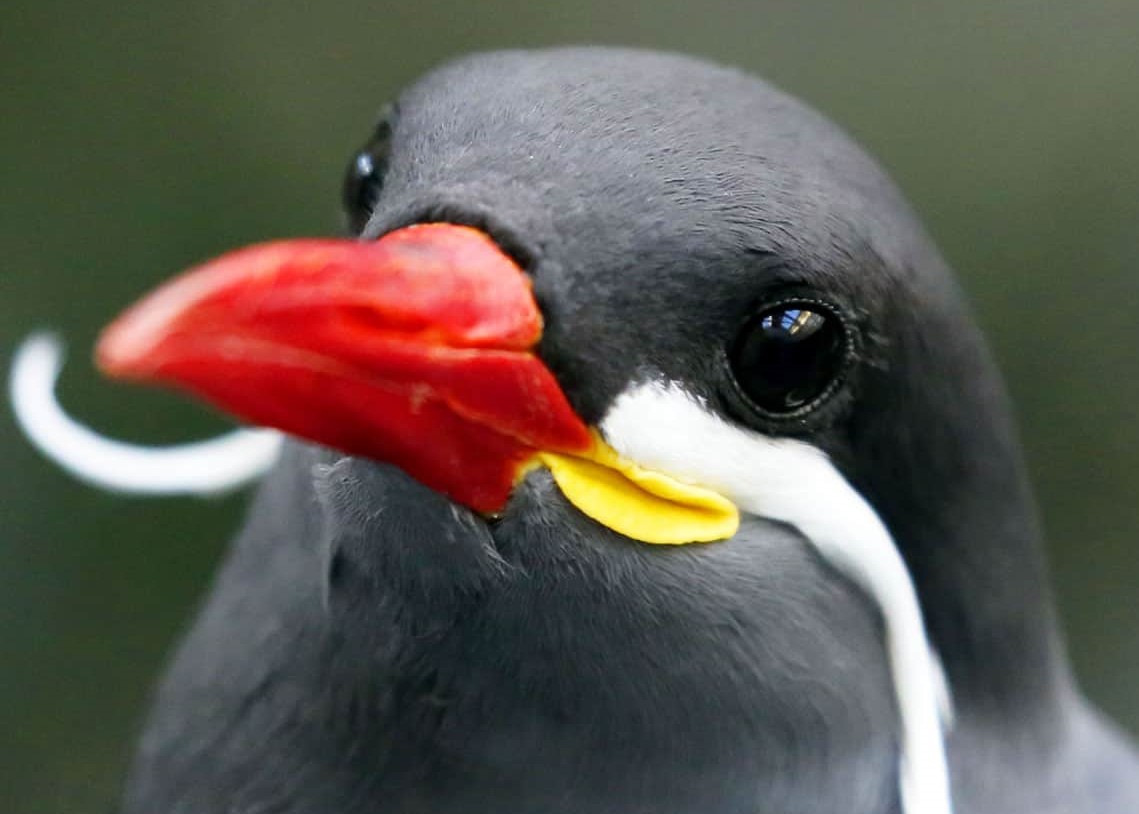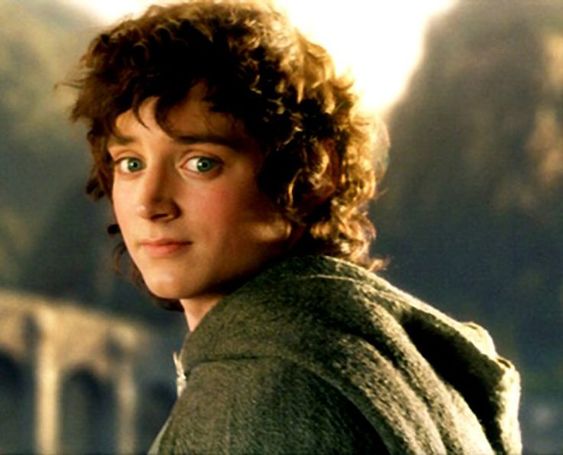Firestarter
Firestarters are a colourful species of dragon native to Temperil. Capable of gliding for up to five years without rest, they use their gigantic wings to glide for thousands of miles at a time. Firestarters are sometimes known as spirits of the skies, for they seem to appear right when natural disasters happen.
Taxonomy
Firestarters are under the order Pelemimiformes, also known as pelican mimics. These dragons are characterised by a prominent bird-like beak, similar to that of Pelecaniformes, such as pelicans and herons.
Anatomy
Firestarters have a mottled colouration, highly varied in individuals. These dragons are sexually dimorphic, with females typically having a more muted, cold colouration, while males have a brighter, warmer colouration.
Adults reach lengths of up to thirty metres, with the longest recorded individual measuring a whopping fifty-two metres. Firestarters have a comparably large head, mostly due to their impressive crests, forming four large horn-like appendages. These hollow crests are used to regulate temperatures.
Firestarters are streamlined animals, with a flattened, but wide, skeleton. Their entire body can be as little as half a metre in thickness, aside from the head.
All five fingers in the wings of these animals have fused to form one large appendage, used to hold its structure. The patagium is incredibly thick, immune to rips and tears.
Firestarters fly upside down, with their eyes located on the top of their heads. This allows them to spot any movements on the ground, spotting a cow-sized animal from around a thousand metres in the sky.
Their flame sac is one of the largest seen in dragons. Firestarters shoot streaks of fire up to a hundred metres, both through their mouth and through their hollow tail. When catching prey these dragons have a tendency to start wildfires, as they try to cook their prey before eating, a behaviour seen in more intelligent species. This has resulted in their common name being firestarters.
Diet
The beak of these dragons are massive and incredibly sharp. These animals hunt by flying upside down and using their sharp eyesight to spot movements on the ground. They begin a slow descent, opening their beak, and scooping up any moving item.
Firestarters are exceptional hunters, silently stalking their prey from above, swooping down out of nowhere, successfully capturing prey without even touching the ground. Their accuracy is unmatched and these dragons have a catch rate of roughly 67%.
Firestarters are a carnivorous species, hunting mid-sized prey, around the same size as their head. While they may catch large prey they do not eat it all; snapping parts into pieces, they swallow some, then let the rest fall hundreds to thousands of metres to the ground.
These dragons only eat once a month or so. They burn such little energy that there is no point. In fact, catching food costs them a lot of energy, so it is vital that these dragons have a high success rate.
Reproduction & Growth
Firestarters are one of few ovoviviparous dragons. Females produce eggs, but they incubate and hatch within the body. Hatchlings emerge from the throat, and as the adult female flies, hatchlings have just a few seconds to slide down the mother's belly and grapple onto her with their hooked wings.
Born precocial, baby firestarters have the natural ability to fly after roughly an hour. They then glide alongside the parents for the first two years of their lives, occasionally making stops by resting on the parent's backs.
Hey, do you remember that time a baby firestarter fell into our pond?Yeah, why?No reason. Just thought it was funny.It died, didn't it?...
Habitat
These dragons dominate the skies. They are easily one of the largest winged species on Temperil, which intimidates other aerial predators. Firestarters fly anywhere between a thousand to forty thousand metres above the ground, comfortable in heavily clouded areas.
Adult firestarters will rest on the ground around once every five years. These dragons land on high altitude regions that allow them to easily catch flight once rested. Firestarters rest for about a week on the ground, sleeping almost the entire time.
They are known to avoid entering the Forever Storm, but will fly around it, curiously observing the storm. Firestarters detect alterations in the planet's magnetic and magical fields, and when they detect anomalies, they will seek them out. They also sense weather anomalies and seek those out, and as a result they have been seen at 99% of past natural disasters.
Due to this, many people fear these animals and what consequences they could possibly bring.











I love the image of the babies resting on their parents' backs. <3
Explore Etrea
Thank youu! It's cute, until they fall off and die <3